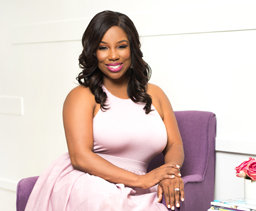Creating a budget for your small business is much like creating a personal budget, and just as important. Your small business budget will feature fixed expenses, flexible (or variable) expenses, and extraneous (or other) expenses. It will allow you to track expenses, predict future expenses, plan for contingencies, and once you break even, predict future profit.
Check out my five basic steps to creating a budget for your small business:
- Identify your budget cash flow. This is what you can expect to bring in each month. Some of this will be the same every month, money you can count on. Some of this will increase or decrease throughout the year. I suggest starting with what is guaranteed, then anything extra is a bonus. Base your budget on what you can realistically expect is a sound method to help you move forward in your business. Planning for and spending money that you don’t yet have is risky for any business owner, but especially for small business owners.
- Identify your fixed expenses. These are expenses that typically do not change from month-to-month. They include rent, small business loans, dues or subscription services, website hosting, equipment leases, advertising, employee salaries, utilities, and phone and internet service.
- Identify your flexible (also known as variable) expenses. These expenses will vary each month depending on sales, activity, and growth or decline. They include packaging supplies, shipping costs, and travel expenses. Over time, you will want to find more creative ways to save money in this category since this is the more unpredictable section of your budget.
- Plan for contingencies. Once you have been operating and maintaining a steady budget plan, make a “What if” plan. What if you need to travel unexpectedly, or purchase new equipment? What if your business and marketing plan changes course? What if your supplier goes out of business? To plan and save for contingencies, you can save funds and set them aside to be used for those unexpected expenses that inevitably arise, or you can choose to round up expenses to the nearest dollar or 10 dollars. If you choose the latter, it will be less noticeable in your budget and could make saving easier.
- Along with planning for contingencies, it is imperative you analyze your spending each month, or even quarterly, to predict your future profits and losses. The goal for any small business is steady growth. Analyzing your budget and expenses should give you an idea of what you can reasonably and realistically expect in the coming months.
Final Thoughts: One of the keys to successful budgeting is to have a growth mindset, meaning when obstacles arise (and they will), you apply hard work and dedication to achieve your goals. It is also important to be flexible. Just like your budget is fluid, your expectations and how you respond to the unexpected must be fluid as well.


